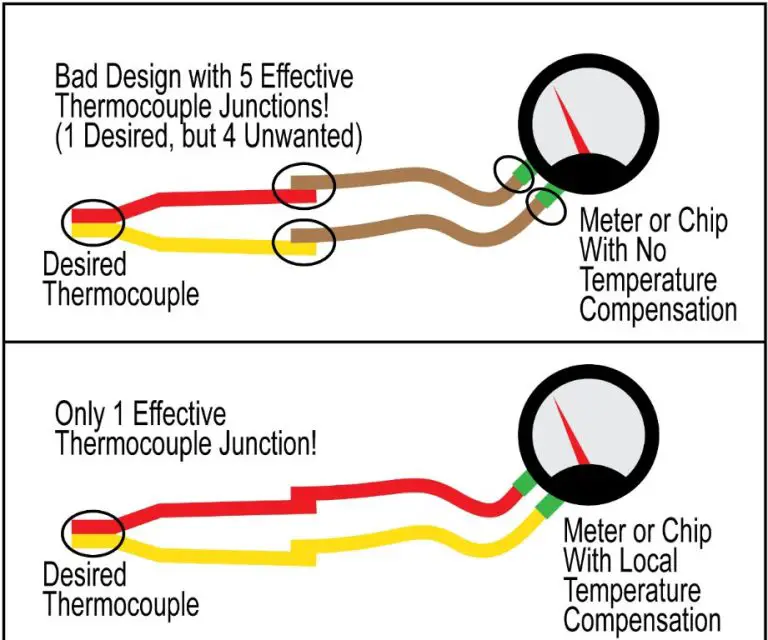Is It Better To Use A Tile Cutter Or Wet Saw?
When installing tile, having the right tools for cutting tile is essential. The two most common options for cutting tile are manual tile cutters and wet saws. This article will provide an overview comparing tile cutters and wet saws, looking at the key differences in cutting capabilities, ease of use, speed, accuracy, cleanliness, and cost. The goal is to help readers understand the advantages and disadvantages of each tool to determine which is better for their specific tiling project and needs.
What Are Tile Cutters and Wet Saws?
A tile cutter is a hand tool used to cut ceramic and porcelain tiles to custom sizes and shapes. Tile cutters consist of a wheeled cutting wheel mounted on a guide rail. The cutting wheel scores the surface of the tile, allowing it to be snapped cleanly along the score line. Tile cutters are best for making straight cuts and simple shapes.
A wet saw is a power tool that uses a diamond-tipped blade to cut tile while spraying water to keep the blade cool and minimize dust. The tile rests on a sliding tray and is fed into the spinning blade. Wet saws allow for miter cuts, curved cuts, holes, and notches that tile cutters cannot achieve. However, they take up more space and make more of a mess requiring cleanup.1
In summary, a tile cutter is a manual tool for basic straight cuts, while a wet saw is a power tool capable of more complex and angled cuts.
Cutting Capabilities
Tile cutters and wet saws each have their own strengths when it comes to the types of cuts they can make:
Tile cutters are ideal for making straight cuts and simple mitered cuts on ceramic and porcelain tiles up to a certain thickness. The scoring and snapping motion of a tile cutter allows for clean breaks along a straight line. However, tile cutters are limited in the types of curved, angled, or detailed cuts they can make.
Wet saws are much more versatile for making a wide variety of cuts. The continuous diamond blade on a wet saw can cut curves, angles, holes, notches, and even detailed cutouts in ceramic, porcelain, and stone tiles of any thickness. Wet saws allow for precision and complexity in cuts that manual tile cutters simply cannot achieve 1.
One advantage tile cutters do have is the ability to make simple mitered cuts for trim work. But for specialty cuts like bullnoses, mosaics, pebble tiles, or large format tiles, a wet saw is required to make clean and accurate cuts.
Cutting Tile Material Types
Both tile cutters and wet saws can cut common tile materials like ceramic and porcelain, but they differ in their capabilities with more delicate materials according to https://www.rubi.com/us/blog/tile-cutter-vs-wet-saw/. Tile cutters excel at cutting softer materials like limestone and terracotta that can chip or shatter when cut with a wet saw’s diamond blade. The scoring and snapping action of a tile cutter creates clean edges without high speed friction. However, a wet saw’s continuous flow of water cools the blade and prevents overheating on materials like porcelain or ceramic that can chip without water. For glass tiles, a wet saw is highly recommended over a manual tile cutter according to https://benchmarkabrasives.com/blogs/news/tile-cutter-vs-wet-saw. The smooth edged cuts from a wet saw minimize cracks or shattering on the delicate glass material.
Ease of Use

When it comes to ease of use, tile cutters tend to be simpler and easier for DIYers to operate compared to wet saws. Tile cutters require less skill to use effectively. According to Rubi, tile cutters are great for beginners since there is little learning involved. You simply line up your cut and snap the tile. Wet saws, on the other hand, have a steeper learning curve. There are more variables to control with a wet saw, like water flow, blade speed, and guide adjustments. Operators need training and experience to master the precision of a wet saw.
Overall, tile cutters offer a much lower barrier to entry for DIY tile jobs. Wet saws require more skill and practice to operate smoothly.
Speed and Efficiency
When it comes to speed, wet saws are generally much faster at making cuts than manual tile cutters. With a wet saw, you can make repeated cuts very quickly by just sliding the tile through the saw blade. This makes wet saws ideal for larger jobs where you need to make many cuts in a short amount of time 1.
In comparison, manual tile cutters require you to place the tile in position and manually score it and snap it for each cut. This process takes more time and effort for each individual cut. While manual tile cutters can still work well for small jobs, they become inefficient for larger jobs requiring lots of cuts 2.
The speed advantage of wet saws is especially noticeable when cutting hard materials like porcelain or ceramic tile. Scoring and snapping those materials with a manual tile cutter takes significant exertion. With a wet saw, hard tiles can be cut almost as quickly as softer tiles.
So when considering cutting speed and efficiency, wet saws are usually the superior option. Their ability to make fast, repeated cuts makes them ideal for bigger tile projects.
Accuracy and Precision
When it comes to the quality and consistency of cuts, wet saws tend to have the advantage over manual tile cutters. Wet saws utilize a continuous diamond blade and water to keep the blade cool while cutting, allowing for very precise and clean cuts. The diamond blade stays sharper for longer compared to the carbide wheel on a manual tile cutter. In addition, the cutting guide on a wet saw ensures the tile is held securely at the proper angle during the cut. This results in straight, accurate, and consistent cuts.
Manual tile cutters can deliver reasonably accurate cuts on straight edges. However, performing angled, curved, or detailed cuts is quite difficult and often results in chipping or uneven edges. Consistently achieving precision with a manual tile cutter requires a skilled operator with a very steady hand. Overall, a wet saw’s cutting action controlled by the machine itself leads to much greater accuracy and precision than the manual pressure and scoring of a tile cutter.
As noted in a blog from Rubi, “Wet saws are capable of delivering more precision and cleaner cuts than manual tile cutters. The key is in the cutting action…While wet saws make smooth, continuous cuts, manual tile cutters depend on scoring and snapping.”
Cleanliness
When it comes to cleanliness, tile cutters tend to make less of a mess compared to wet saws. Tile cutters produce some dust when scoring and snapping tile, but the dust is relatively contained and easy to clean up with a small brush or vacuum.
Wet saws, on the other hand, make more of a mess since they use water to cool the diamond blade during cutting. This water splashes around and mixes with tile dust, creating a wet slurry or sludge. The Benchmark Abrasives article notes that wet saws are best used outside because of the water mess and dust they produce.
The water from a wet saw also has the potential to seep under tiles and get other surfaces wet. Overall, tile cutters provide a cleaner and drier cutting experience compared to the wet slurry created by wet saws.
Cost
When it comes to cost, there are some key differences between tile cutters and wet saws. Tile cutters tend to be more affordable upfront. A manual tile cutter can cost as little as $50, while basic electric tile cutters run $150-300. Wet saws have a higher initial investment, with prices starting around $300 for a basic model and ranging up into the thousands for heavy duty professional models.
However, while tile cutters have lower equipment costs, they can have higher ongoing costs in materials. Tile cutters are limited in the thickness and hardness of tiles they can cut cleanly, especially for porcelain or natural stone tiles. This may require purchasing special diamond blades that cost $15-30 each and wear out quickly when used on hard materials. In comparison, the diamond blades on wet saws last much longer before needing replacement.
Wet saws also have the advantage when it comes to large jobs or cutting large format tiles. Renting a wet saw for a weekend costs around $100-150, significantly less than buying multiple replacement blades for a tile cutter doing the same amount of work. While tile cutters provide an affordable option for simple DIY projects, wet saws offer more value for busy professionals or large installations.
Conclusion
In summary, tile cutters and wet saws both have their advantages and disadvantages. Tile cutters are generally cheaper, more portable, and better for making straight cuts in smaller tiles. However, wet saws are more versatile, can make curved or angled cuts, and work better for cutting porcelain or natural stone tiles.
For small jobs using basic ceramic or glass tiles, a manual tile cutter offers good value and convenience. But for larger jobs with more intricate cuts or hard materials, a wet saw is worth the extra investment. It will save time and effort compared to fighting with a manual tile cutter on thick porcelain.
In the end, choosing between a tile cutter and wet saw depends on your specific tiling project. Evaluate the tile type, complexity of cuts, workspace, and budget. For advanced DIYers or pros, a wet saw is the best option despite the higher price tag. But for simple weekend projects, a basic tile cutter gets the job done with less mess and setup.




